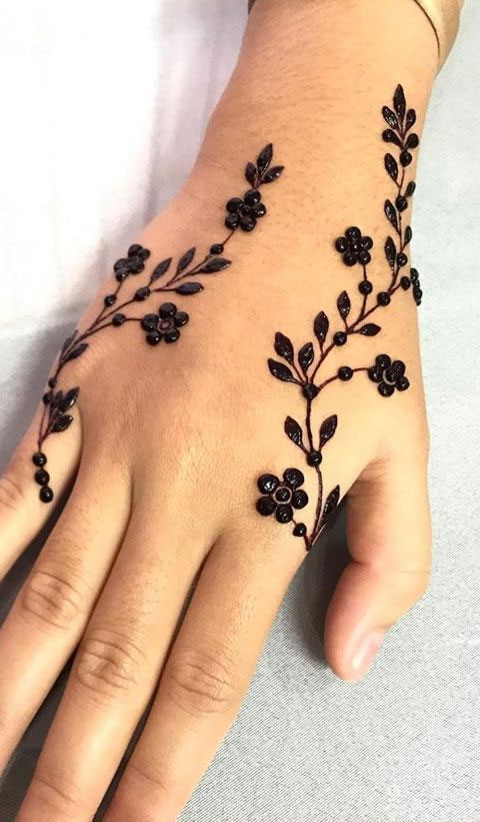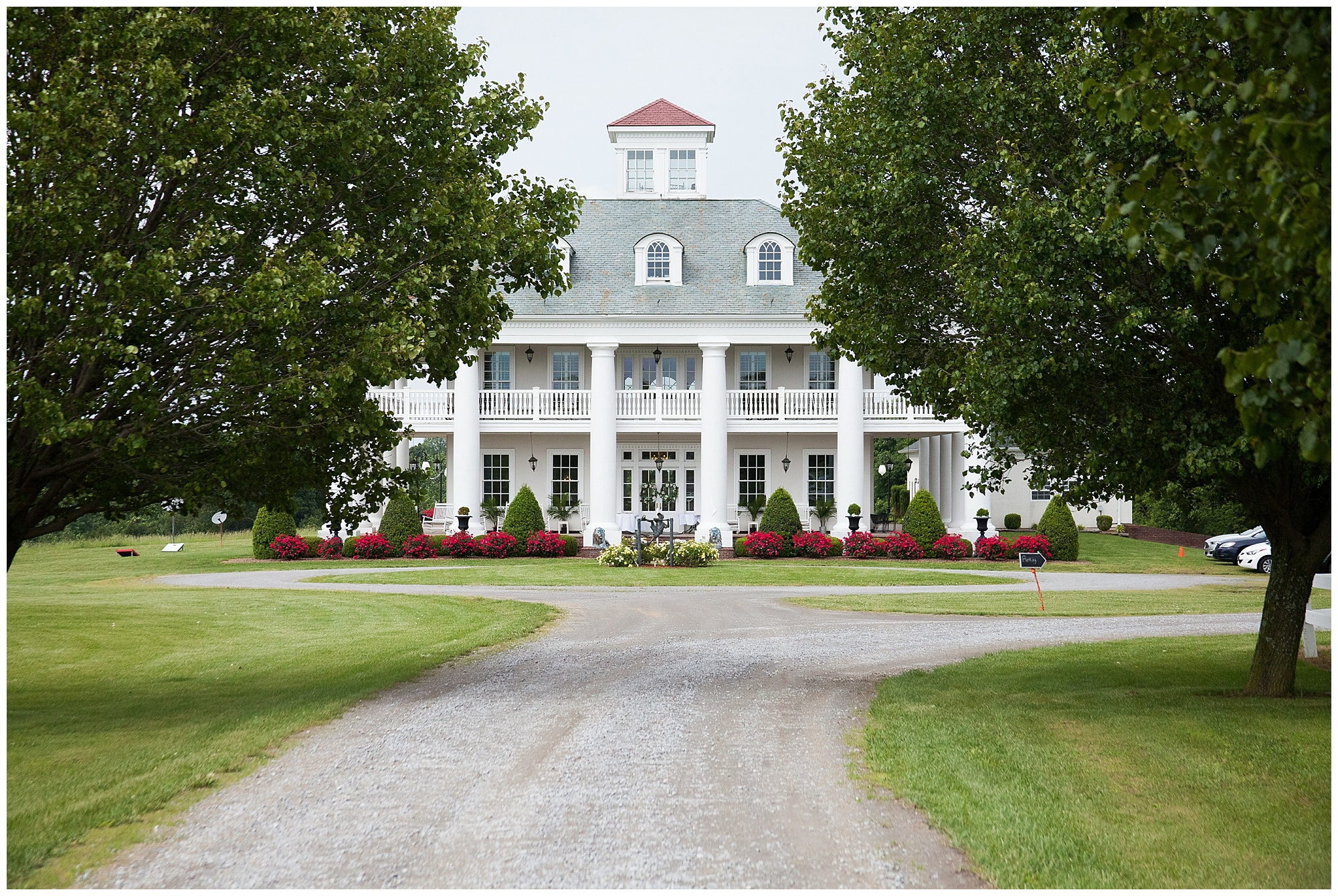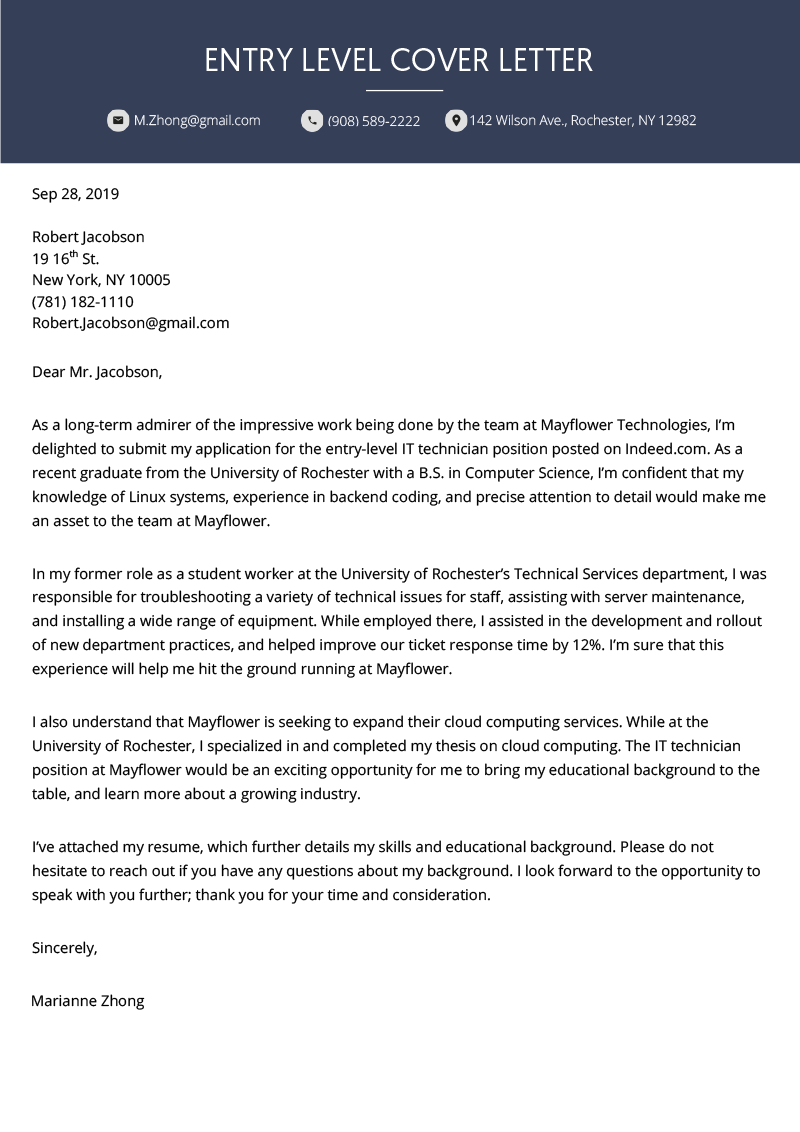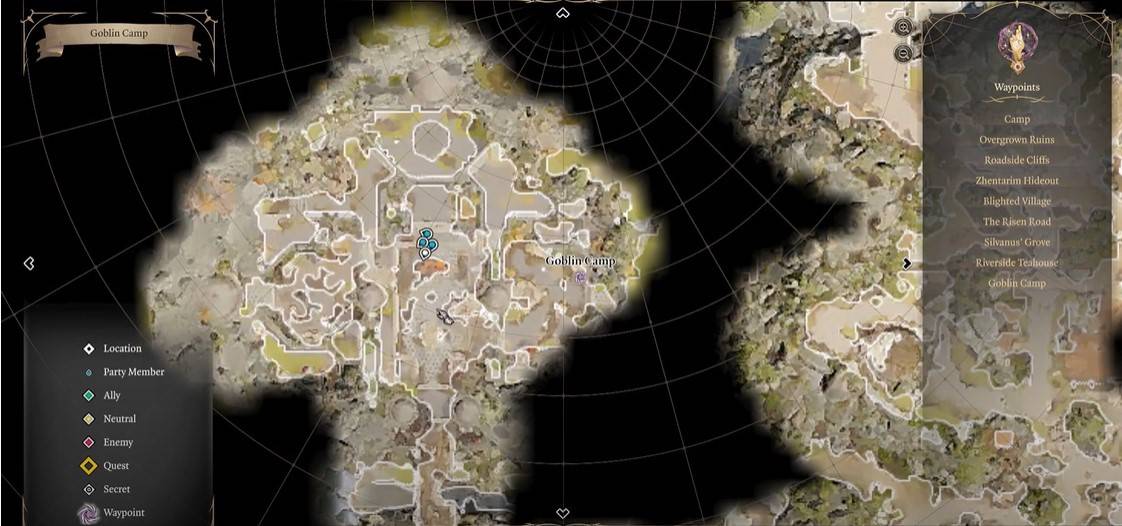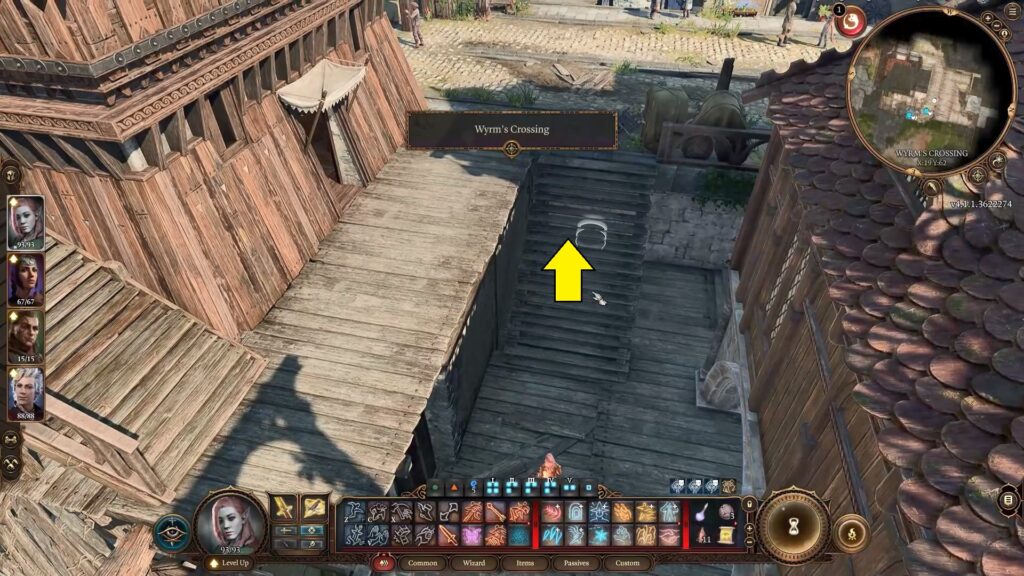Table Of Content

Your choice of typography, color, and size will affect how your layout will translate to your audience. When content is easily digestible it automatically becomes more appealing to your audience. Layout is the placement or the arrangement of all the elements while the Design serves as the plan or the visual presentation/appearance of the layout. The layout is done keeping to the rules that were decided at the time of the design. Layout can include rewriting a headline so it fits in better or cropping a photo, but is unlikely to include choosing the typeface. A news paper is designed, including choosing type face, column widths, colours for heating etc to get the “house style”.
Landing Page Layout Design
If you’re like me and lack artistic talent, it can be daunting to create a new page layout from scratch. There are so many elements and modules you can add, it’s hard to tell where to start, and even harder to achieve a balanced and visually appealing layout. Fortunately, there are some fundamental rules we can follow below that will guide us through creating an attractive web page. The "Layouts by Program & Use" concept organizes spatial designs based on their intended programmatic application, rather than traditional classifications like function or type. This innovative approach prioritizes the practical usage and operational objectives of spaces, offering a user-centric perspective in space planning. By focusing on the specific activities and interactions that will occur within a space, this methodology ensures that layouts are optimized for their real-world applications.
Search code, repositories, users, issues, pull requests...
It provides flexibility, ensuring that elements don't become too cramped or disjointed on smaller screens. To truly understand how to apply the concepts of layout design, we need to know how to use its most important elements. The less effort the viewers need to put into understanding a message, the more attractive your design composition and individual elements will seem. Their design layout follows a classic grid system (we’ll learn all about grids in a minute). This is a full guide to learning the basics of layout design and creating an efficient, creative process for your team.
Basic Office Ergonomics
Improved ergonomic layout design of metro control center based on virtual simulation technology and genetic algorithm ... - Nature.com
Improved ergonomic layout design of metro control center based on virtual simulation technology and genetic algorithm ....
Posted: Tue, 05 Dec 2023 08:00:00 GMT [source]
Effective alignment contributes to the legibility and flow of a layout. Using grids makes it easier to determine how to align elements in a layout. An unbalanced design could effectively draw attention to a particular element that looks out of place. However, if not done well, an unbalanced design appears messy or confusing. However, there are a few approaches you can take with these types of websites.
Create Complete Pages With A Simple Prompt
But, a blog isn’t the only type of website that’s ideal for this design. You can use a featured image layout to promote an offer or product, similar to a landing page. A card-based layout showcases multiple elements on your homepage using different cards or boxes. This creates even spacing between content and makes it easier for visitors to locate a specific webpage or blog post. Ideally, you should have a balanced amount of negative space on your page.
A Guide To Planning Living Room Layouts
Layout design is a fundamental aspect of visual communication, shaping how content is presented and perceived. By applying design principles and thoughtful organization, layout designers create designs that are not only aesthetically pleasing but also highly functional and engaging. Keep in mind that in terms of composition, white space (or negative space) is also an element. White space gives our eyes paths to follow through the design. Give each element on the page some space to breathe and balance between positive and negative space will emerge organically. You’ll notice that the principles of layout design follow many of the fundamental principles of design.
Don't forget to share this post!
Some elements must dominate others for your design and arrangement of content to display a visual hierarchy. Column grids are another appealing layout in magazine publishing. A typical magazine layout uses column grids to separate text into easy-to-read sections. Consistent use of design elements like fonts, colors, and styles within a layout helps reinforce the message.

Abstract shapes have been trendy in the past year as web designers have incorporated them into complex and sprawling compositions. Additional contributions are greatly desired, especially 3-view drawings of unusualdesigns. Please email scans to Conceptual Research Corporationor mail them to CRC at PO Box 5429, Playa del Rey, CA 90296. Divi AI jumpstarts your creative process and takes care of the busy work involved in research and wireframing. Divi AI works within Theme Builder Template areas and can generate unique headers, footers, and product templates. You can use Divi AI to develop your website from top to bottom.
Layout design elements
Real websites find other ways to breathe life back into the design. It’s incredible common for websites to do some variation of this sort of modular grid, laid out here with CSS Grid Level 1. Sometimes when you are setting your living room space, you tend to make mistakes that might seem quiet minute at that moment but actually end up making a huge difference. Take a look at the kind of mistakes you might be committing through this infographic.
A one-column landing page centers the text in the middle of the page layout. Below it, is a call-to-action that directs users to your offer. It’s simple and straightforward, improving your chances for conversion. A two-column hero layout includes a banner image at the top of the page, along with two module columns located either directly underneath it, or overlaid on top of it. In the example above, the columns are overlaid on top of the banner and include call-to-actions as well as a login form.
A few lines of code creates a dynamic layout which adds and removes columns one at a time as space allows — without any media/container queries, and with wrapping prevention. The format and context of a design determine how these elements are implemented in a layout. In contrast, advertisements are primarily image focused with a minimal amount of text.

